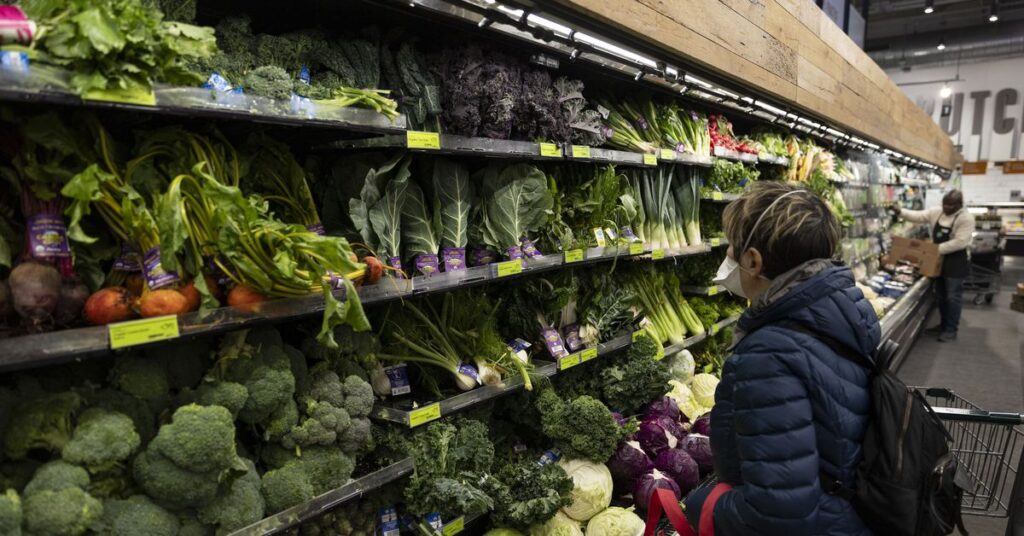Over the last few years a new topic for small talk has emerged in America, one that bridges race, class, and geography: the infuriatingly high price of groceries.
The rate of inflation has dramatically slowed down in recent months, but the price of groceries remains about 25 percent higher than in 2019. Research suggests that grocery prices have an exaggerated effect on how people perceive inflation. Stubbornly high supermarket prices may play a role in shaping Americans’ negative attitude toward an economy that most economists say is actually pretty good.
Rising prices — as well as the related phenomenon of food companies shrinking the size of items without shrinking the price, known as “shrinkflation” — are a political problem for Joe Biden. The president tried to empathize with the common shopper in a video released on YouTube a few weeks ago.
“As an ice cream lover what makes me the most angry is that ice cream cartons have shrunk in size, but not in price,” Biden said. “It’s a ripoff.”
So what can the Biden administration actually do about high food prices and shrinking packages?
“While the government can’t necessarily control the prices retail puts on stickers, we can give more money to low-income people to deal with those higher prices,” Elizabeth Pancotti, a strategic advisor at the progressive think tank the Groundwork Collaborative, told Today, Explained co-host Noel King.
The Biden administration also is moving to make the meat and grocery industries more competitive, and therefore cheaper for consumers. They’ve even opened up a joint task force between the FTC and Department of Justice to investigate unfair and illegal pricing. What follows is an adapted transcript of Pancotti’s conversation with King, edited for length and clarity. —Miles Bryan, senior producer
Noel King
What did the Biden administration do [for SNAP recipients] exactly?
Elizabeth Pancotti
So over the last three years, the Biden administration…
Read the full article here





